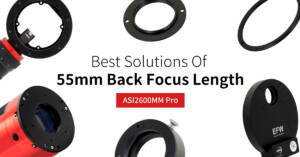
[ASI2600 Guide] 4 Connection methods to get 55mm back focus length
People are asking the connect methods of ASI2600MM Pro: How to use it with the new 36mm EFW? How to reach the 55mm back focus distance? What accessories I need
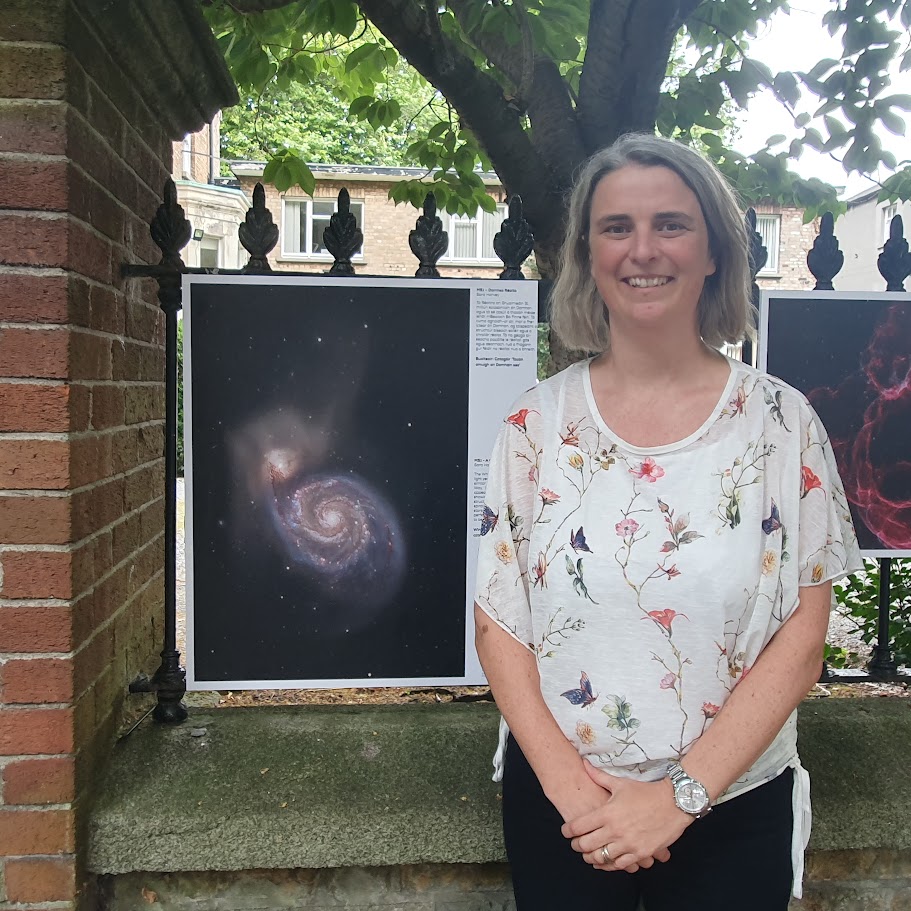
Hello,Sara Harvey,thanks for accepting our interview invitation. Congratulations on winning the ASIWEEK competition in week!
Q1: At first, congratulation that your nice image won #ASIWEEK. Can you introduce yourself to us?
Thank you very much. Was delighted to win #ASIWEEK. My name is Sara Harvey and I’m 44 . I live in Cork City in Ireland. I work as a manufacturing scientist for a biopharmaceutical company.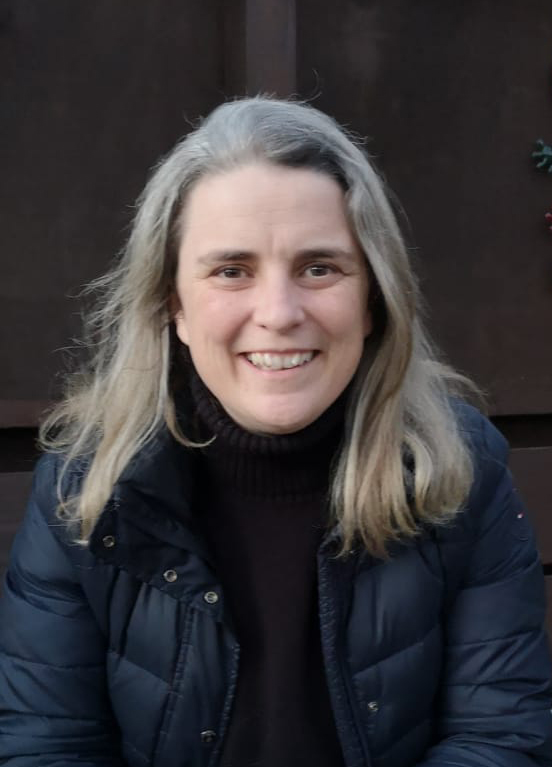
Q2: What was the opportunity for you to start astrophotography? How long have you been in this hobby?
I have loved astronomy from a young age but my entry into astrophotography came much later, in 2019, when I attached my old DSLR to a Maksutov I owned to take some images of the planets and moon. Then by the time comet Neowise came around in 2020 I started to learn more about deep sky imaging and knew that it was for me. I watched the many Youtube videos that are available and put together my first rig. As is the case with most astrophotographers, the ‘bug’ caught me and I put together a second rig. I did mostly narrowband imaging from my bortle 7 skies. However, imaging from Ireland is not easy. Cloud cover is the norm and full clear skies are a rarity. You must grab every hour that comes to eventually build that image. So, last year I decided to take a leap and I sent one of my rigs over to northern Spain where I control it from here. 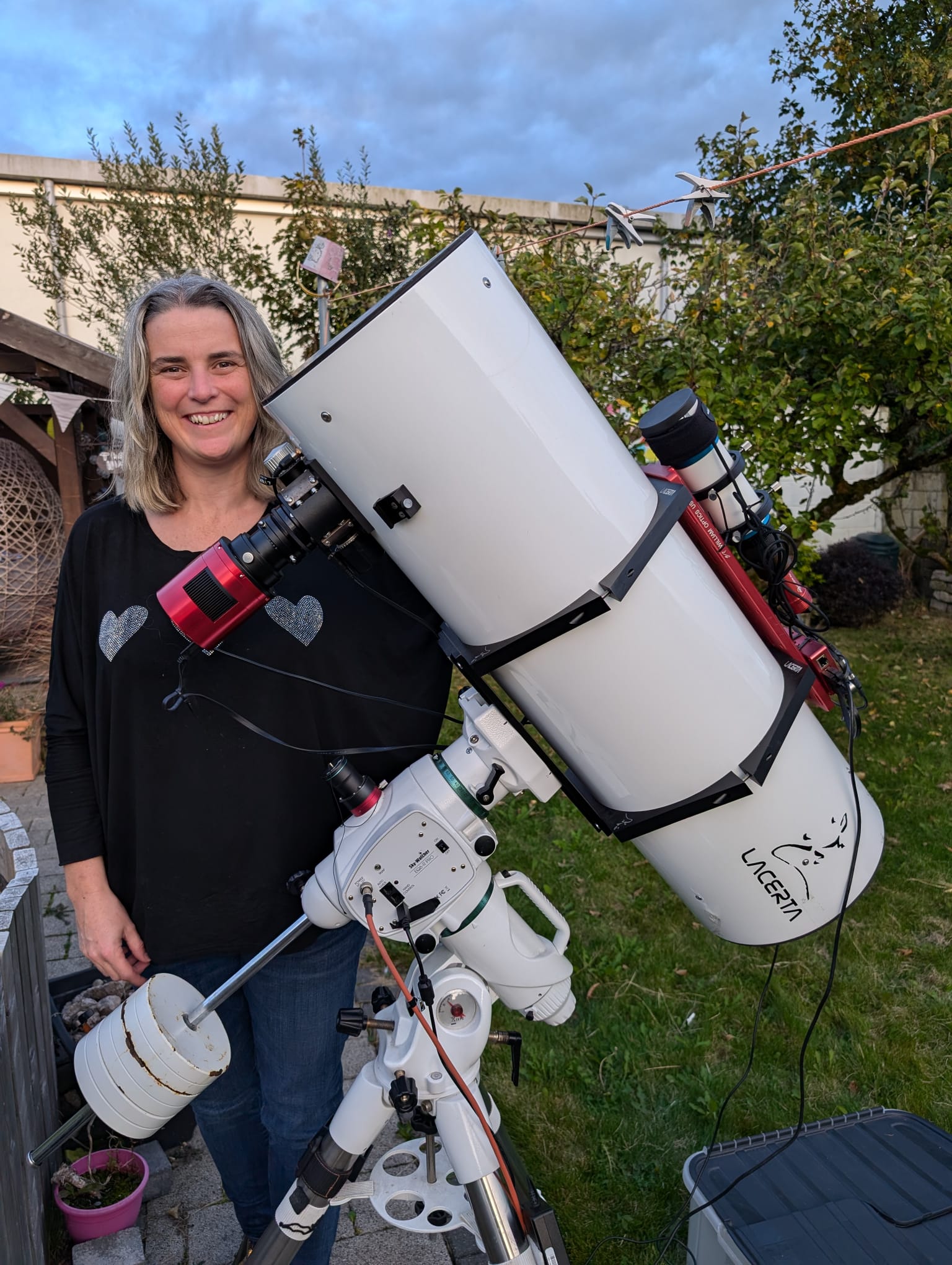
Q3: Can you tell us about the winning photo (Introduction to the target, shooting process)?
This is Methuselah, or MWP1. It’s a planetary nebula 4,500 light-years away in the constellation Cygnus the Swan. One of the largest planetary nebulae known, it spans about 15 light-years. Based on its expansion rate the nebula is very old at about 150 thousand years (hence the name I guess).
The target is comprised of Oiii and Ha. It’s the weakest Ha target I’ve ever imaged, and of course I imaged the Ha around the full moon which probably wasn’t the wisest. I got a total of 30 hours Ha and 21 hours Oiii.
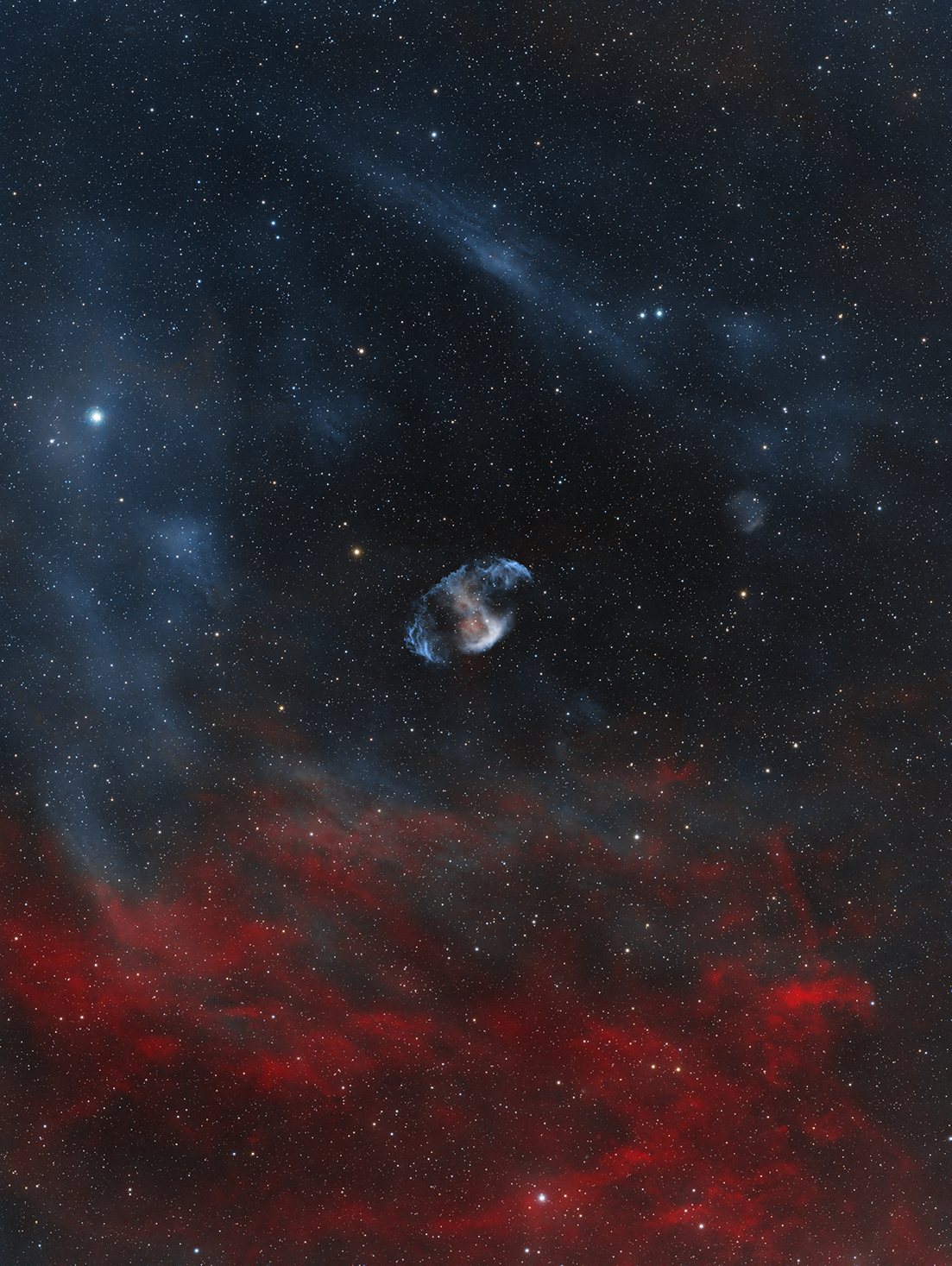
Q4: What gear do you use? Any picture of them? (Equipment used to take the winning picture)
My rig in Spain is comprised of a Takahashi FSQ85, and flattener, a ZWO1600MM Pro monochrome camera, a ZWO filter wheel, ZWO EAF, ZWO Mini Guide Scope and an ASI 120MM guide camera. Currently these sit on a HEQ5 Pro, which I’m in the process of replacing with a CEM70G. I have a Lacerta 250 F4 Newtonian at home which I really love. It’s a rock! I use this with a ASI2600MC Pro and a EQ6R Pro skywatcher mount. I may send this to the remote site at some stage.
Q5: How do you typically choose your imaging targets? Any preferences?
I love dark nebulas, and now that I am set up in Spain I can target these more. I’m always looking for something a little more off the beaten track. But I love to do the more common and bright ones also as they are spectacular. I spend a lot of time on Astrobin and various other sites looking for targets. Sometimes I just scroll through the offline sky map in Nina searching for something I might like. This is how I found MWP1.
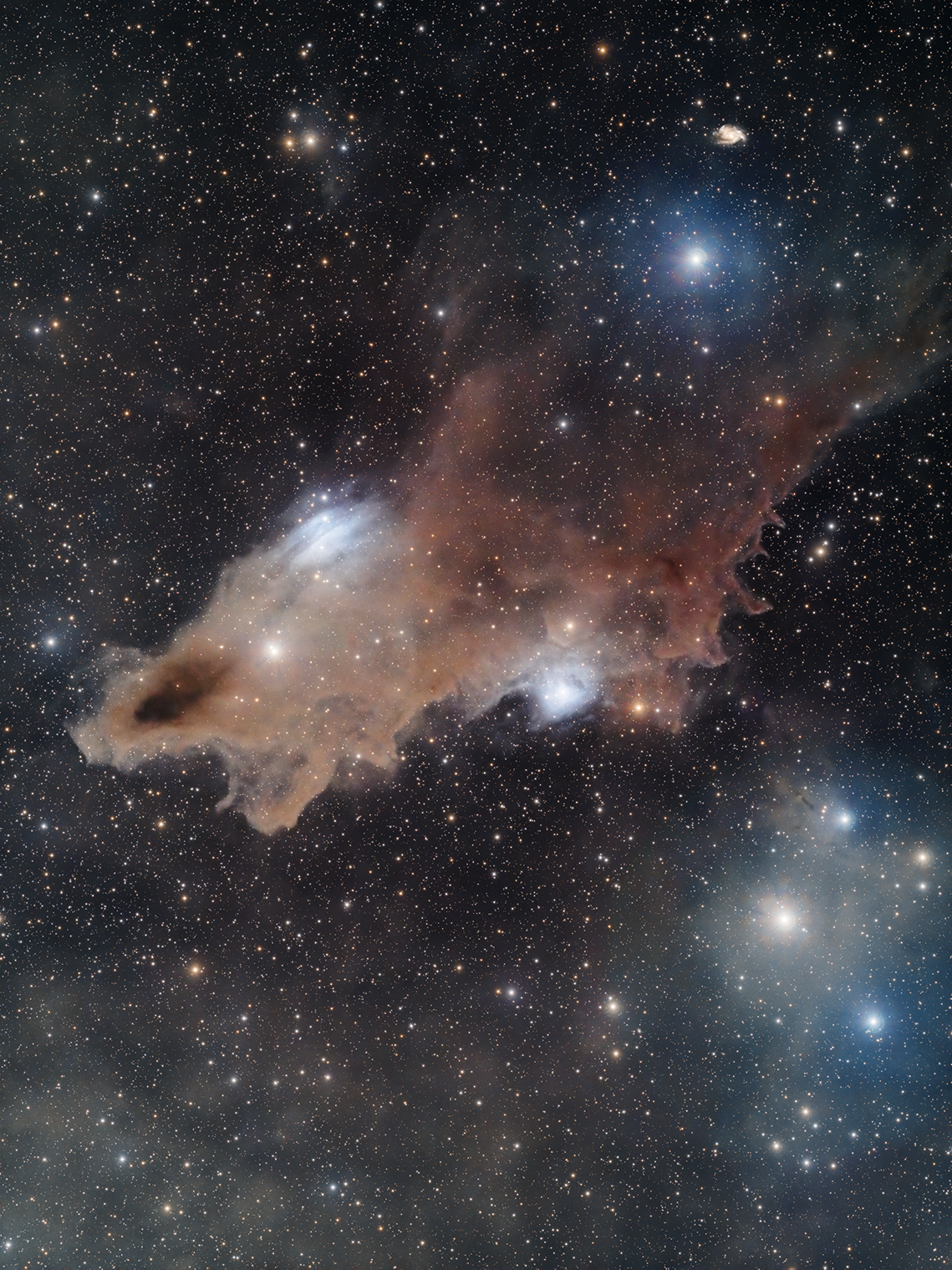
Q6: How do you normally do post-processing? Would you like to share with us your workflow?
I never approach 2 images the same. Each image has it’s own story so needs it’s own processing workflow. But generally I would stack in AstroPixelProcessor, after eyeballing each sub and deleting any I don’t think pass my own inspection criteria, whether it be star shape, or noise levels. Then in Pixinsight I run the plate solver script, and SPCC. I follow this with a small amount of noise Xterminator & BlurXterminator. I will remove the stars and work on the Nebula on its own. If it is narrowband data, I work on each file separately. If RGB or an OSC camera I would typically process as one image. I use GHS a lot, otherwise histogram transformation. Then maybe Curves, and might play with the saturation levels a bit. I like the dark structure enhance script, but I use it lightly. Typically I will bring it over to Photoshop and do some final touch ups in Camera Raw. I am not strong in Pixinsight. I started out originally using Photoshop so I am very comfortable there, especially when it comes to using masks and/or process star clusters. I process the stars separately, maybe boosting saturation and stretching, before adding back to the to the starless image in Pixinsight.
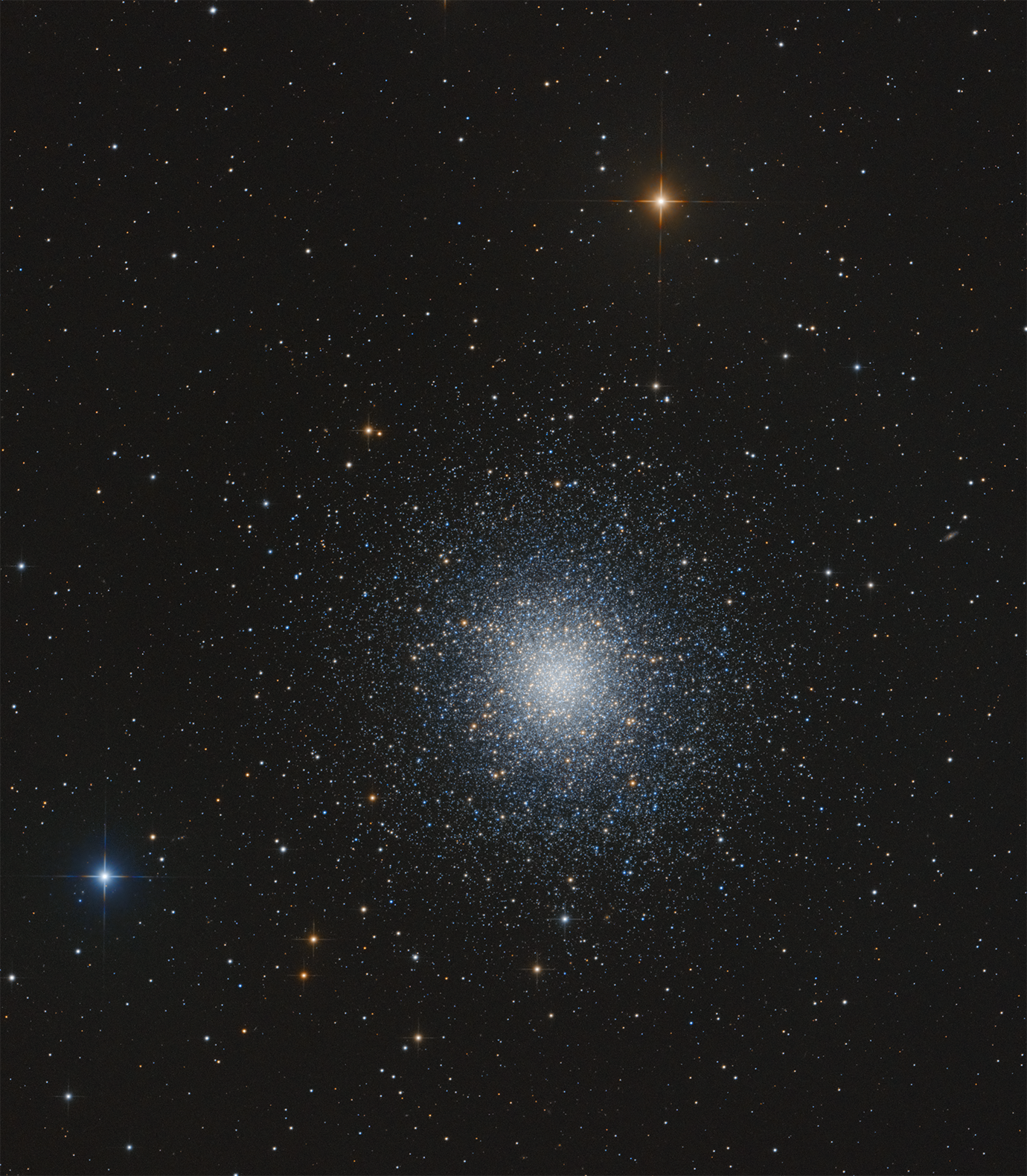
Q7: Astrophotography is often seen as a hobby that tests patience, how do you balance your time spent on your hobby with your family/work? Do you share your time in astrophotography with family or friends?
Luckily it is a night time activity so it doesn’t interfere too much with family life. I try to process also in the evening, but sometimes I can be really eager to see what I have captured and I might sneak off to my computer. My family and friends like my images.
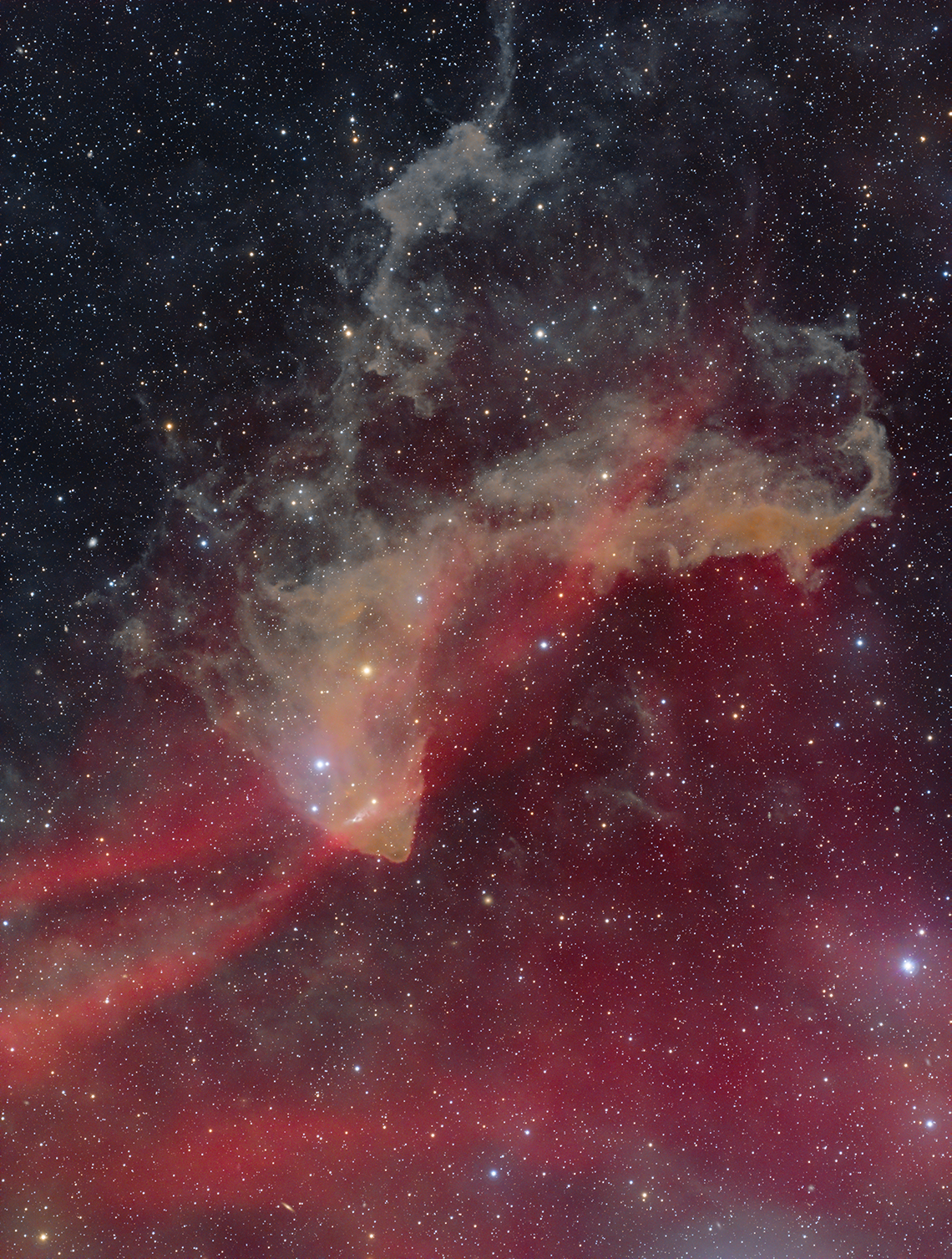
Q8: Is there any memorable story you can share with us from your astrophotography days?
Sitting outside in the middle of winter each clear night in the early days with no intervalometer and pressing the shoot button manually with 2 second delay over and over and over through the night. I know astrophotographers have it much easier these days compared to pre-digital camera age, but I am so glad such technology and more has opened the door to the universe for the average person like myself.
Q9: Besides astrophotography, do you plan to get involved in other astronomy-related activities?
I am a member of Cork Astronomy Club, but really don’t get out enough to get togethers. They tend to clash with AP. I have a telescope I use for visual astronomy, which usually stays out of sight until planetary season comes around. I love to show people the planets when they visit if they have never seen them before. I use binoculars when I’m out imaging frequently also. I find that in the middle of the night, on a moonless night, the hum of the city has died away and you can connect closer to the sky while most people are sound asleep. I also give astrophotography presentations now and then and really enjoy that process. 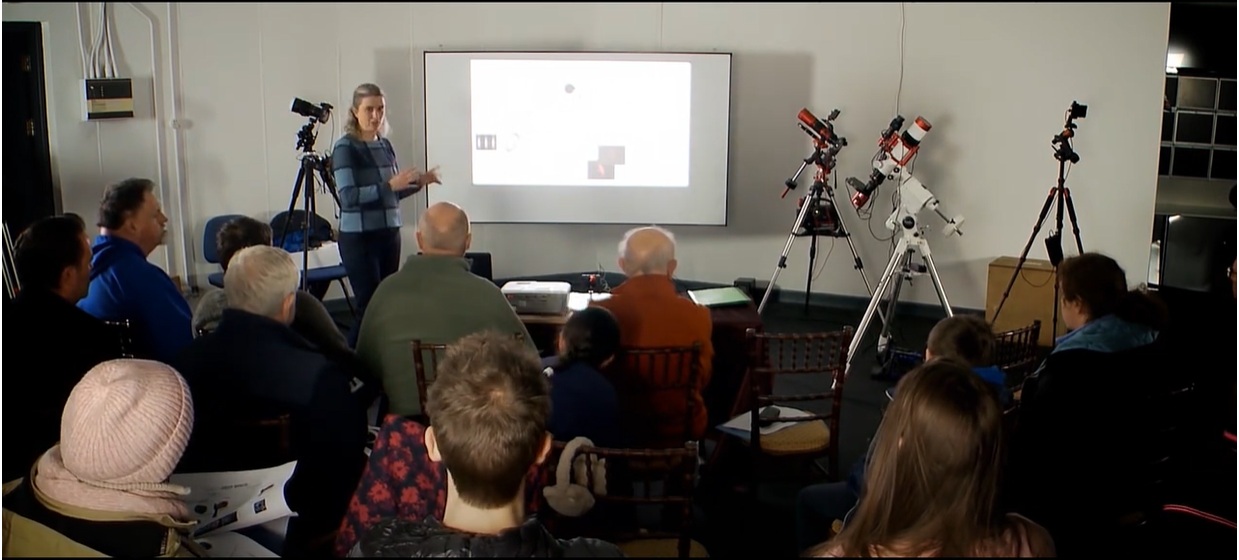
Q10: What do you consider to be your highlight moment in astrophotography?
Was delighted to win an Irish astrophotography competition last year. We are a small community of imagers in Ireland, everybody knows everybody, so it was a really nice to get recognized, although anyone could have picked up the award as I do believe for our ridiculously cloudy and small country we punch above our weight. Just happy it was me. 
Q11: What advice do you have for people who are new to astrophotography?
If you have the astrophotography bug for DSO and are debating to get a modified DSLR, which is the route many people took including myself (I modified my own DSLR). Don’t! Just get a cooled dedicated astrophotography camera and save yourself time, money and envy.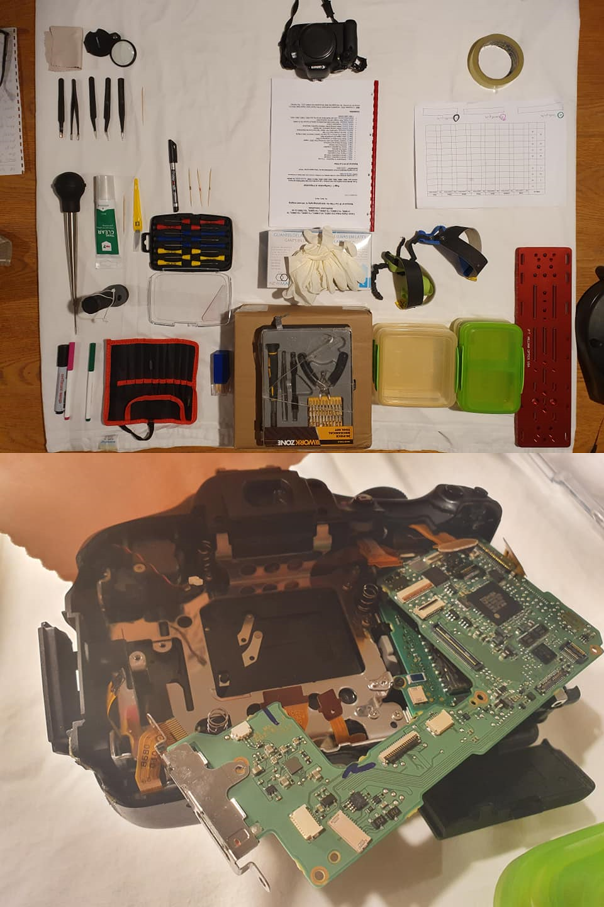
Thank you very much for the interview opportunity.

People are asking the connect methods of ASI2600MM Pro: How to use it with the new 36mm EFW? How to reach the 55mm back focus distance? What accessories I need
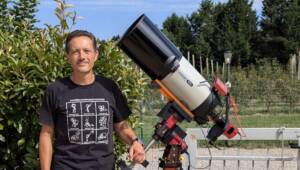
Hello Andrea Arbizzi,thanks for accepting our interview invitation. Congratulations on winning the ASIWEEK competition in week#42/2024! Q1: At first, congratulation that your nice image won #ASIWEEK. Can you introduce yourself
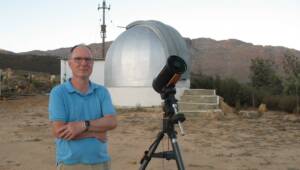
Hello Peter Dunsby,thanks for accepting our interview invitation. Congratulations on winning the ASIWEEK competition in week#46/2024! Q1: At first, congratulation that your nice image won #ASIWEEK. Can you introduce yourself
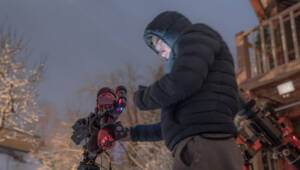
Hello Juzelle Jardin,thanks for accepting our interview invitation. Congratulations on winning the ASIWEEK competition in week#45/2024! Q1: At first, congratulation that your nice image won #ASIWEEK. Can you introduce yourself
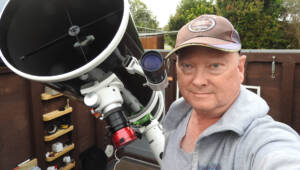
Hello Kevin,thanks for accepting our interview invitation. Congratulations on winning the ASIWEEK competition in week #41/2024! Q1:At first, congratulation that your nice image won #ASIWEEK. Can you introduce yourself to
1 Comment
Paul (jpastroguy)
Hi Sara, lovely images! You clearly have a passion and talent for astrophotography. Just wanted to say congrats on the feature article and tell you that I visited Cork once on a business trip (Millipore Corp) and had such a great time meeting and drinking with random local residents in the lovely city pubs. Great memories of Cork! Cheers!